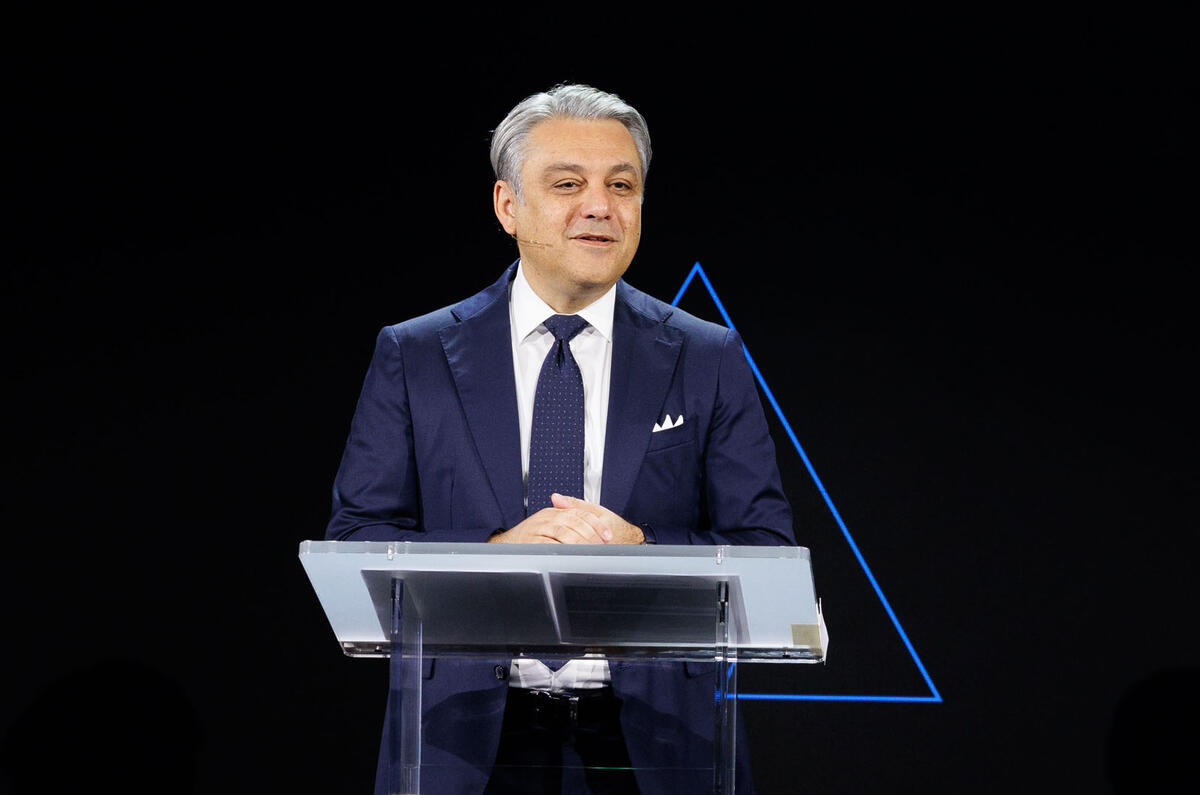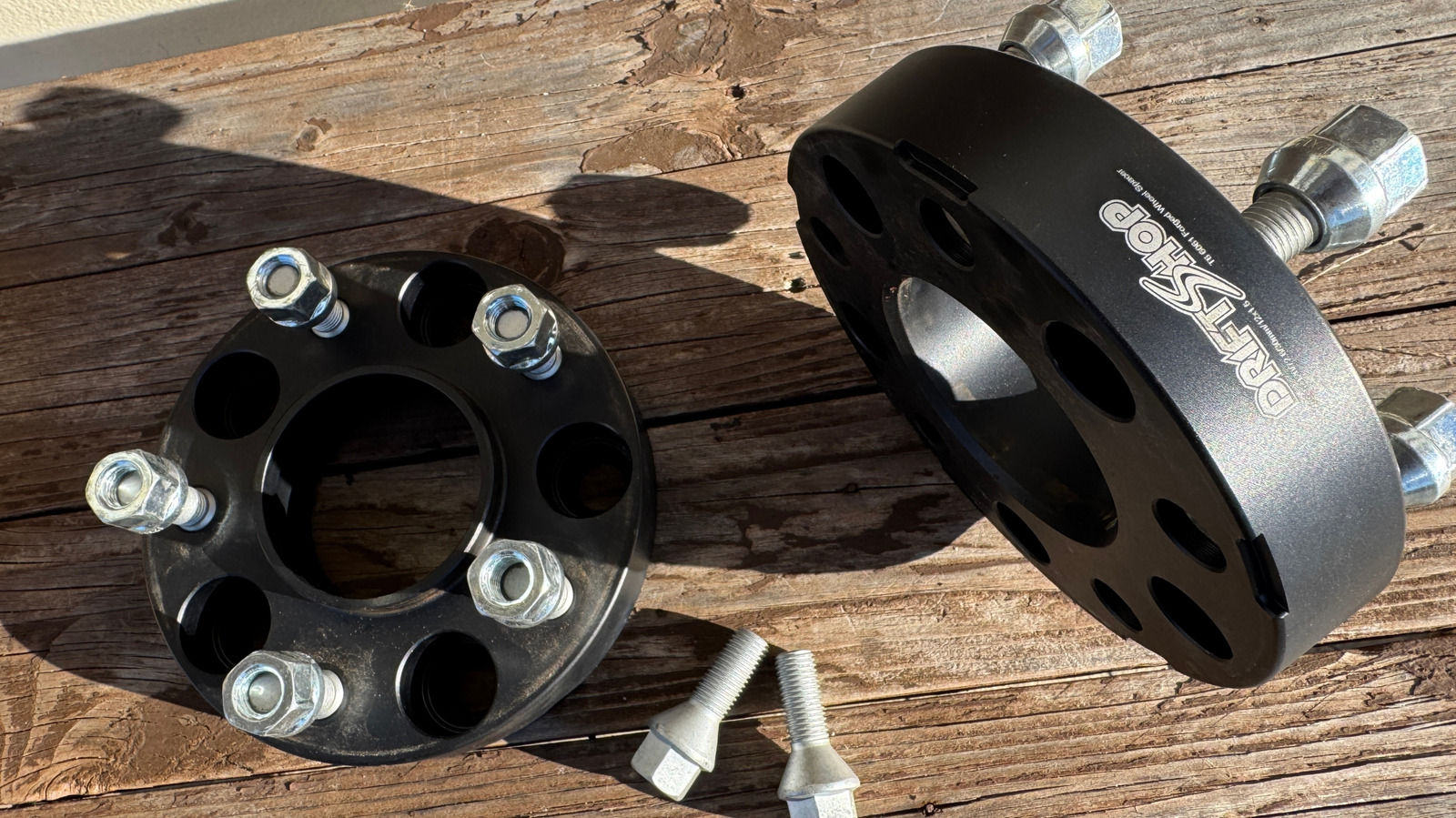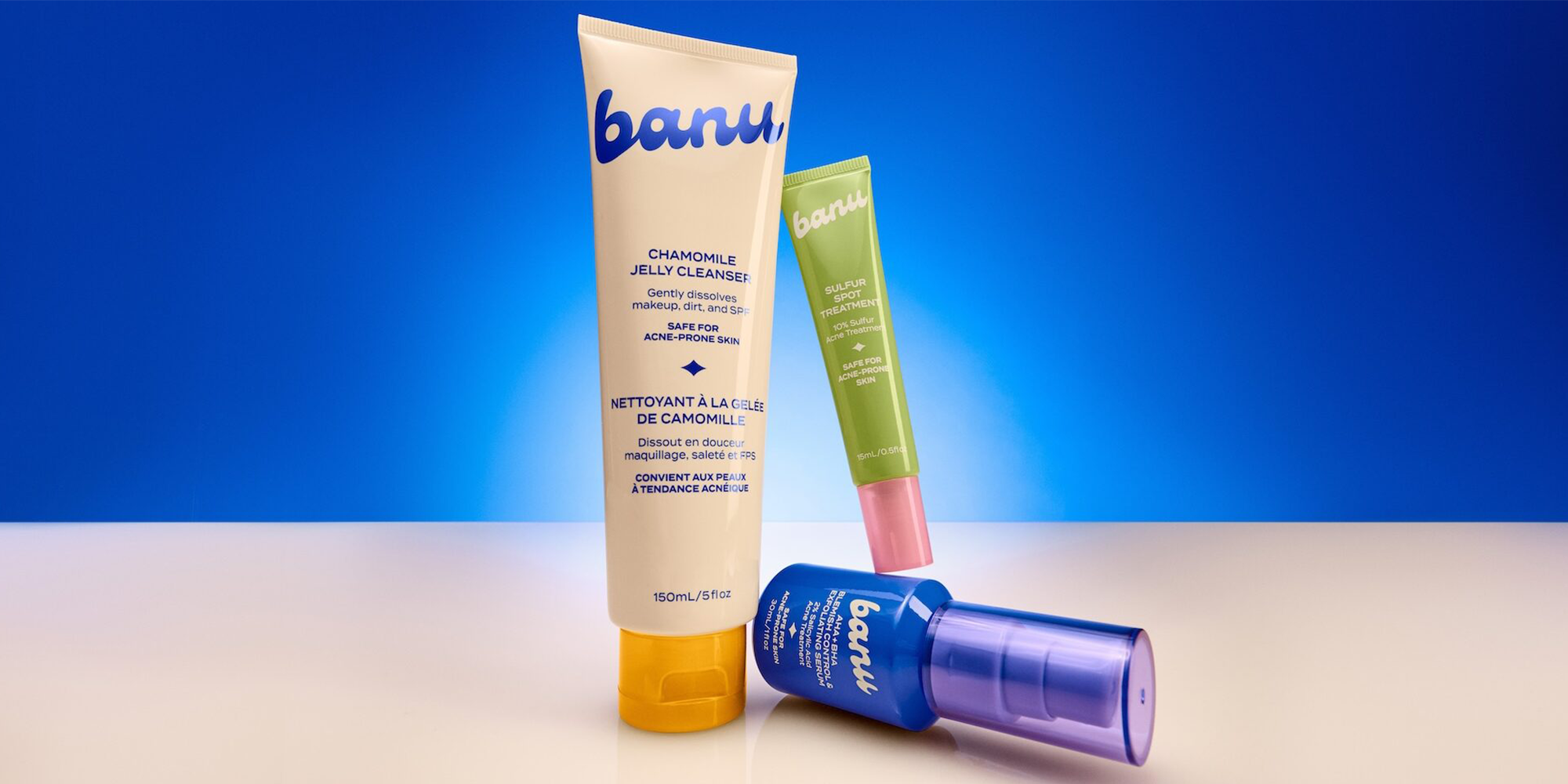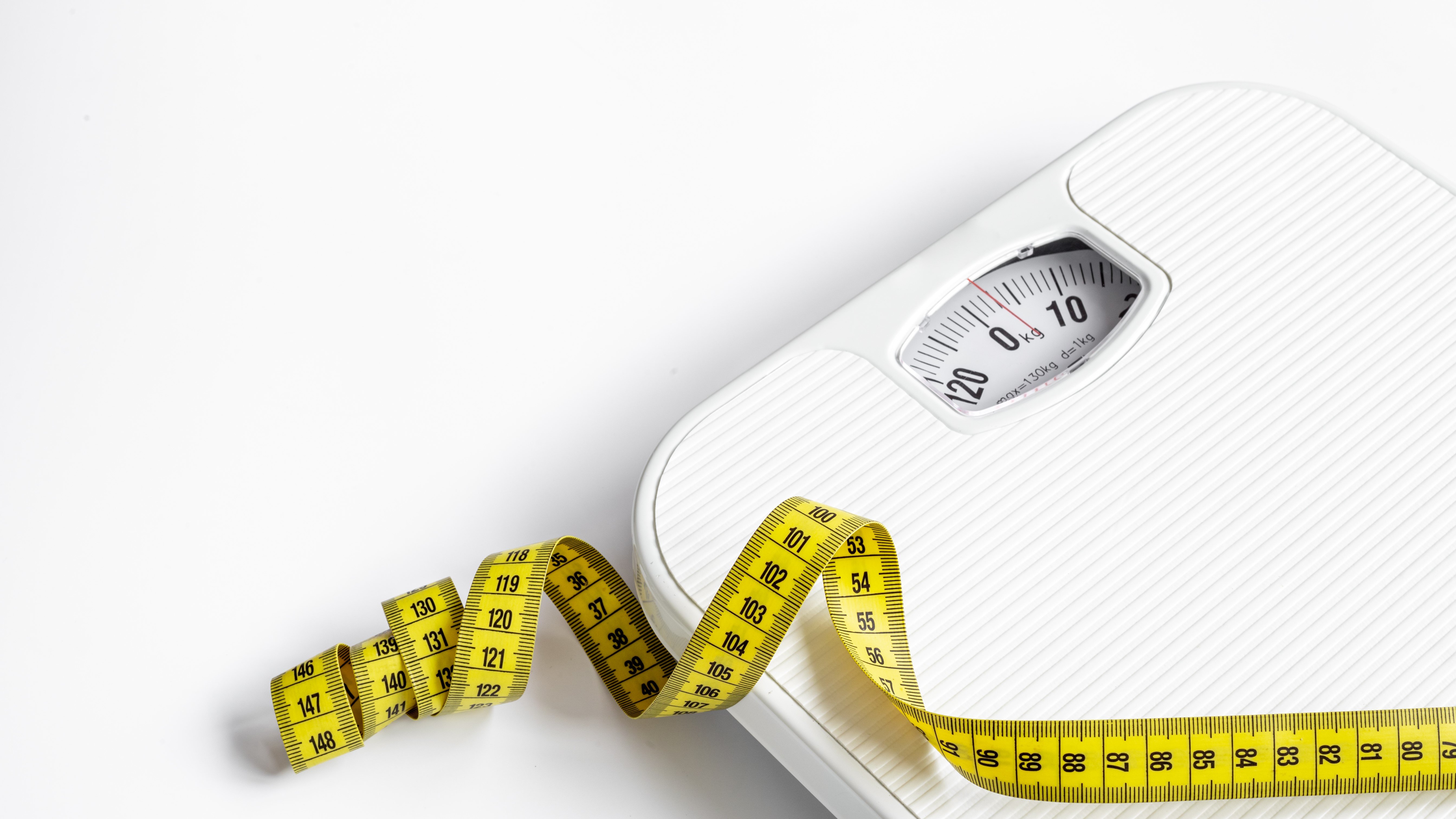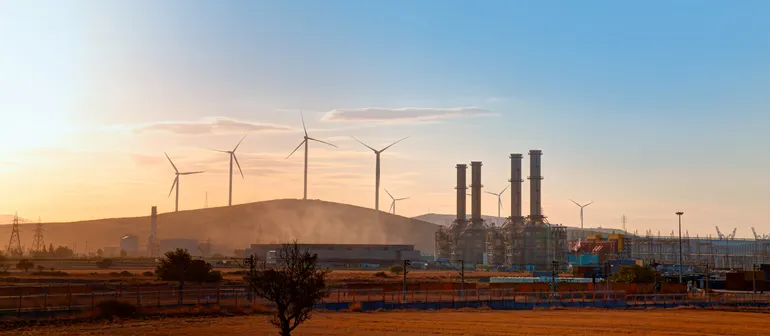Biphasic Granular Bioinks for Biofabrication of High Cell Density Constructs for Dermal Regeneration
Advanced Healthcare Materials, EarlyView.

This study introduces a biphasic granular bioink (µInk) that enables 3D bioprinting of high cell density constructs for dermal regeneration. The bioink promotes cell proliferation, ECM deposition, and neovascularization, leading to tissue integration and reduced scar formation in vivo. This novel approach offers a promising strategy for advancing scar-free wound healing and tissue engineering.
Abstract
Chronic wounds and severe skin injuries pose significant clinical challenges, as existing treatments like cultured epidermal autografts and tissue engineering strategies fail to regenerate functional dermal tissue effectively. These methods often result in scarring due to poor tissue integration, low cell density, and limited extracellular matrix (ECM) production. Conventional skin tissue engineering relies on time-intensive cell expansion, producing constructs that lack the complexity of native dermal structures. Here, a bioprintable biphasic granular hydrogel bioink (µInk) based on cell-laden porous gelatin microcarriers (PGMs) is presented, enabling fabrication of ultra-high cell density constructs that promote ECM production for dermal regeneration in vitro and in vivo. Primary human dermal fibroblasts are cultured and expanded on PGMs in a bioreactor prior µInk formulation. The cell-laden PGMs are cross-linked via copper-free click chemistry, creating a shear-thinning granular bioink. The µInk is 3D bioprinted into structurally stable constructs with high cell viability. In vivo, the bioprinted constructs supported neovascularization, hydrogel remodeling, and tissue integration over 28 days. Cells maintained their tissue-specific phenotype, proliferated, and produced dermal ECM post-transplantation. The µInk offers a promising approach to generating high cell-density constructs for scar-free wound healing and for advancing complex tissue reconstruction.











